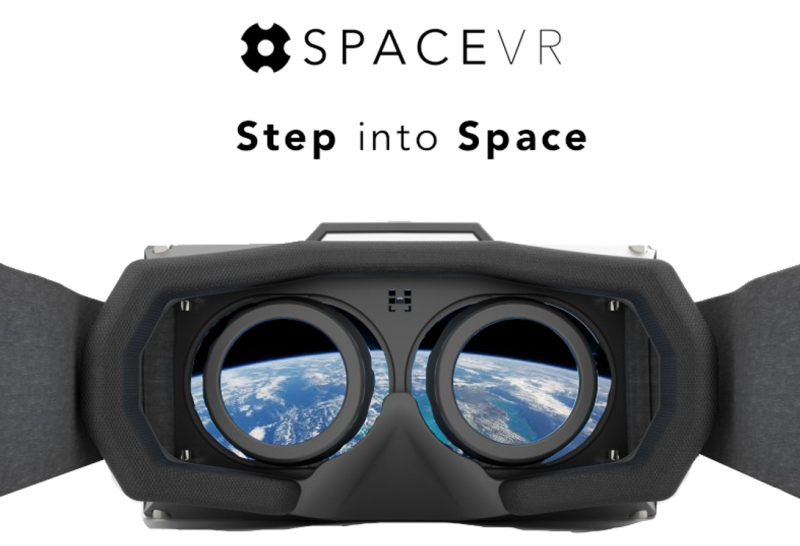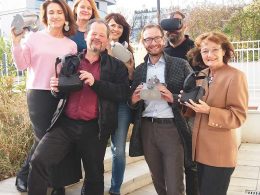The start-up "SpaceVR" has an ambitious plan, as the company wants to send a 360-degree camera into space in August 2017 so that we here on Earth can take a look at our planet as astronauts experience it. The camera is to be launched into space with Elon Musk's aerospace company SpaceX. The device, which is the size of a thermos flask, consists of a total of eight cameras that will record 360-degree footage from Earth's orbit for nine months (2-3 hours per month). The footage will be transmitted to Earth, as the 360-degree camera will then burn up in the Earth's atmosphere.
In September 2015, the financing of a Kickstarter campaign was launched. The funding target of 100,000 US dollars was reached, but this was only enough to build the camera. Investors provided a further 1.25 million US dollars to send it into space. HTC also provided funds with the "VR for Impact" initiative. The project aims to ensure that people can experience the so-called overview effect, which has already led to a change in thinking for one or two astronauts.
On Wikipedia The Overview Effect is described as follows: "The Overview Effect is the phenomenon experienced by space travellers when they see planet Earth from space for the first time. The term was coined by Frank White's 1987 book of the same name, which describes the Overview Effect as an experience that changes one's perspective of planet Earth and the human race living on it. Fundamental characteristics are a sense of awe, a deep understanding of the interconnectedness of all life on Earth and a new sense of responsibility for our environment."
The aim of "SpaceVR" is to see the Earth in its entirety, not just through computer animations. The recordings are to be made available for VR headsets such as HTC Vive and Oculus Rift. Anyone who would like to experience a flight into space can do so on 18 April 2017, as NASA is sending a Cygnus space transporter into space tomorrow to bring research material, supplies and technical equipment to the ISS. A 360-degree camera is attached to the outer wall of the transporter. The live stream will be broadcast on the YouTube channel of NASA (from 5 p.m.).
Source: VRODO









